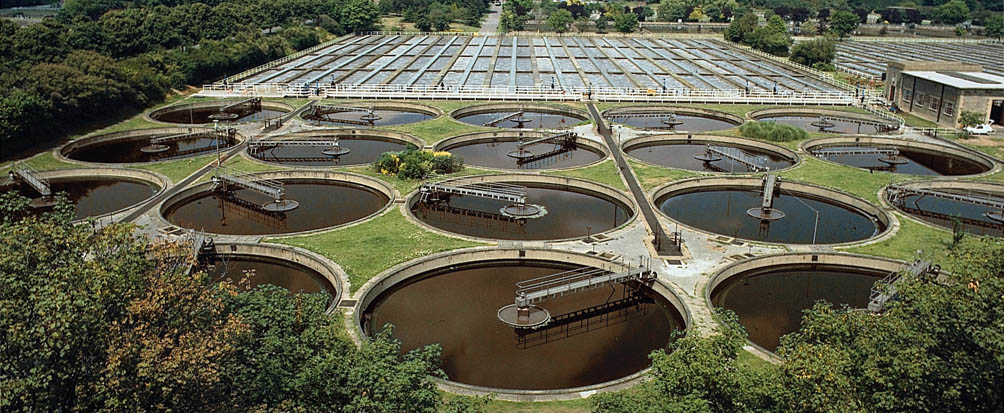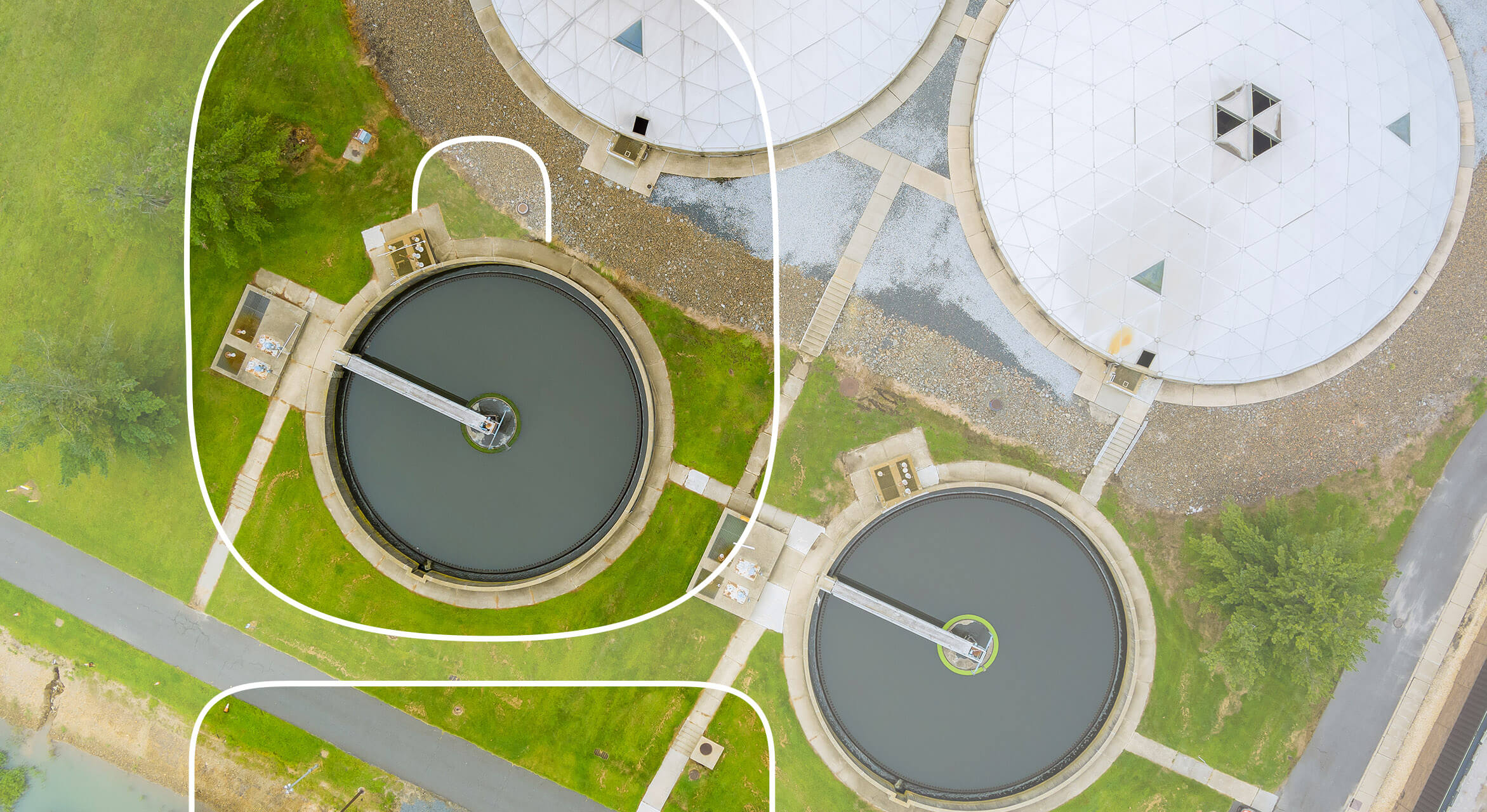Reasonable Options for Home and Business Wastewater Needs
Reasonable Options for Home and Business Wastewater Needs
Blog Article
Understanding Wastewater Therapy Processes and Their Environmental Effect
The details of wastewater therapy processes play a pivotal function in mitigating environmental difficulties associated with water contamination. Each stage, from initial to advanced therapies, is made to address details pollutants, ultimately protecting both public wellness and water communities.
Introduction of Wastewater Treatment
Exactly how is wastewater changed into a secure resource for the environment? Wastewater therapy is an essential process designed to get rid of pollutants from used water, therefore safeguarding public health and shielding ecosystems. This process begins with the collection of wastewater from household, industrial, and commercial sources, which is after that routed to therapy centers.
At these centers, various physical, chemical, and biological methods are utilized to treat the wastewater. Subsequently, organic therapies, such as triggered sludge processes, make use of bacteria to break down organic issue.
The dealt with effluent can be safely released into all-natural water bodies or reused for watering and industrial purposes, advertising resource preservation. In addition, the treatment procedure generates biosolids, which can be repurposed as plant foods or dirt changes, even more boosting sustainability.
Phases of Treatment Procedures
The wastewater therapy process commonly includes three main phases: initial, main, and secondary treatment. Each stage offers an unique duty in decreasing the toxin load and guaranteeing the effluent meets environmental criteria before discharge.

The main therapy phase focuses on the physical splitting up of suspended solids from the wastewater. Via sedimentation, larger bits work out at the end of sedimentation storage tanks, creating sludge, while lighter materials, such as oils and oils, float to the surface and are skimmed off. This process considerably reduces the natural and inorganic tons in the wastewater.
Secondary therapy is a biological process aimed at additional decreasing the focus of natural issue. This phase is essential for accomplishing the required biochemical oxygen demand (BODY) decrease, inevitably leading to cleaner effluent ready for discharge or additional therapy.

Advanced Therapy Technologies
Following the additional therapy procedures, advanced treatment innovations play an essential function in more enhancing the high quality of treated wastewater. These innovations are developed to get rid of residual pollutants that are not effectively gotten rid of during main and second therapies, making certain the effluent satisfies rigorous regulatory standards.
Among the extensively used advanced treatment approaches are membrane layer filtration, reverse osmosis, and progressed oxidation processes. Membrane purification, including microfiltration and ultrafiltration, is effective in dividing great particles, microorganisms, and colloids from the water (Wastewater). Reverse osmosis uses semi-permeable membranes to remove liquified solids, leading to premium water appropriate for different applications
Advanced oxidation procedures (AOPs) employ strong oxidants to break down natural pollutants, consisting of drugs and personal treatment products that are resistant to standard treatment. These approaches boost the biodegradability of intricate substances, facilitating their removal.
One more considerable modern technology is the use of biological nutrient removal processes, which specifically target nitrogen and phosphorus, stopping eutrophication in obtaining water bodies. On the whole, innovative therapy technologies are vital for accomplishing higher levels of purification, promoting water reuse, and protecting go to this website public health and wellness while attending to the obstacles related to wastewater monitoring.
Ecological Advantages of Therapy
Countless ecological advantages arise from effective wastewater treatment procedures that contribute to ecosystem health and sustainability. Mainly, these processes substantially minimize the launch of harmful contaminants into natural water bodies, which assists preserve water environments. By getting rid of impurities such as hefty steels, nutrients, and microorganisms, treated wastewater reduces the risk of waterborne diseases and advertises biodiversity in aquatic atmospheres.
Additionally, wastewater treatment look at here now facilities usually use sophisticated innovations that enable water recycling and reuse. This practice not only preserves fresh water sources however likewise reduces the need on natural water supplies. Boosted nutrient elimination from wastewater can also stop eutrophication, a process that brings about algal flowers and subsequent oxygen deficiency in aquatic systems.
In addition, efficient therapy processes can minimize greenhouse gas discharges, particularly methane and laughing gas, which are commonly released throughout unattended wastewater decay. By catching and utilizing biogas from anaerobic digesters, centers can convert waste right into renewable resource, thereby adding to a reduction in nonrenewable fuel source dependency.
Obstacles and Future Fads
While the ecological benefits of wastewater therapy are clear, several difficulties persist that impede optimum results in this field. One major problem is maturing infrastructure, which commonly leads to ineffectiveness and raised operational expenses - Wastewater. Several therapy plants were designed decades back, and their capacities do not align with contemporary needs, which include stricter governing criteria and greater volumes of wastewater due to urbanization

Looking in advance, there is an expanding emphasis on source healing and round economic climate principles within wastewater treatment. Innovations such as anaerobic food digestion, which can create biogas, and advanced purification innovations are acquiring grip. These techniques not only boost treatment efficiency however also advertise sustainability.
Eventually, dealing with these obstacles needs collaboration amongst stakeholders, investment in modern technology, and here are the findings a commitment to recurring research study. By welcoming these patterns, the wastewater therapy industry can advance to satisfy the needs of an altering setting and society.
Verdict
Finally, wastewater treatment procedures play a vital function in boosting environmental quality and public wellness. The multi-stage treatment structure, combined with advanced innovations, efficiently mitigates contamination and promotes lasting water administration. By addressing residual pollutants and reducing vitamins and mineral runoff, these procedures contribute to the preservation of marine environments and the decrease of greenhouse gas discharges. Proceeded advancements and adaptations in therapy methods will be necessary for overcoming arising obstacles and guaranteeing the sustainability of natural deposits (Wastewater).
Report this page